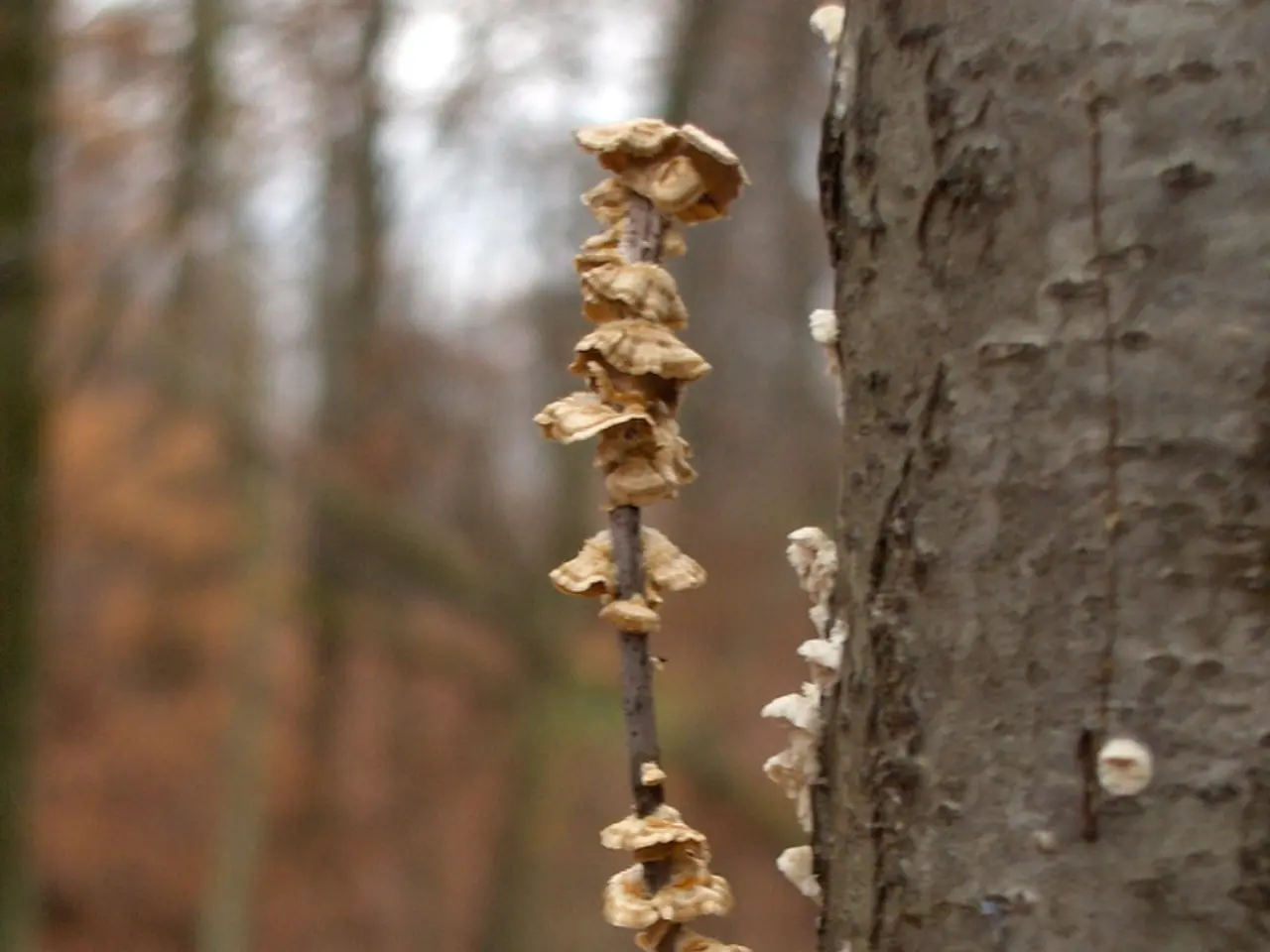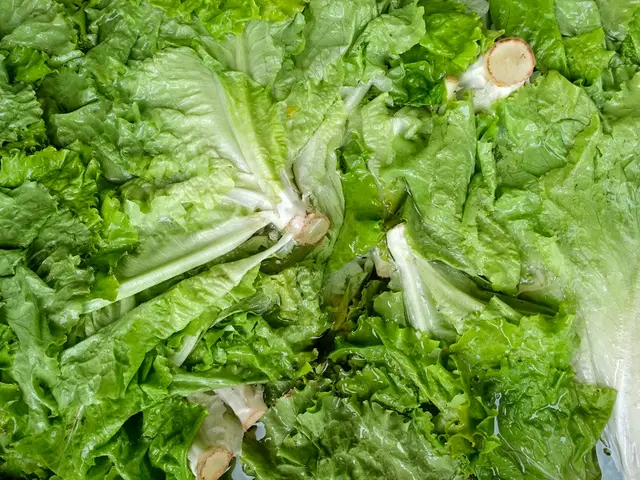Strategies for Eradicating Mold Growth in Potting Mixture
In the world of houseplants, mold can be a persistent problem, especially in humid environments. However, there are several natural and safe solutions to tackle this issue, as well as preventive measures to keep mold at bay.
Firstly, a variety of everyday ingredients can be used as natural anti-fungals to deter mold growth. Cinnamon powder, apple cider vinegar, and baking soda are among the ingredients that can be employed. Cinnamon powder, with its natural antifungal properties, can be dusted onto the soil surface to inhibit fungal growth, while a baking soda solution, made by mixing 1 teaspoon of baking soda with a cup of water, creates a natural antifungal spray that can be lightly applied to moldy soil.
Neem oil, chamomile tea, milk or buttermilk, and diluted apple cider vinegar are other effective natural remedies. Neem oil acts as a natural fungicide and pesticide, while chamomile tea offers antifungal benefits. Milk or buttermilk sprays, with their proteins acting as antifungal agents, and diluted apple cider vinegar can help manage fungal problems in houseplant soil.
Besides these treatments, correct care practices are crucial. Ensuring proper watering, improving soil drainage, increasing air circulation, and providing adequate light help prevent mold reoccurrence. Replacing potting soil every 1-2 years is also recommended if mold recurs frequently.
When repotting, remove the plant from its current pot, loosen the roots, remove old soil, prepare the new planter, place the plant in the new planter, and water it well. Repotting your plant can benefit its health and growth, especially if mold is widespread.
Preventing mold is essential, and ensuring your plant has adequate drainage, improving air circulation, providing sufficient light, and avoiding overwatering are key steps. Direct sunlight can effectively kill and prevent mold growth due to the UV rays in sunlight, but sunlight alone may not completely eradicate mold and should be part of a comprehensive mold prevention strategy.
In cases where mold is confined to a small area, scooping out the mold and replacing it with fresh, dry soil can help. However, it's important to identify the plant type and severity of the mold infection before using a fungicide, as some fungicides may not be suitable for certain plants or mild mold infestations. When choosing a fungicide, read the labels carefully to ensure it is suitable for the plant type and severity of the mold problem.
Remember, mold on plant soil is usually harmless but can indicate nutrient deficiencies. Morning or afternoon sunlight, with its higher intensity, is ideal for drying off potting soil and inhibiting mold growth.
For those transitioning hydroponic plants to soil, frequently asked questions about the process are available.
These natural remedies offer safe and effective means to combat mold on houseplant soil without resorting to synthetic fungicides. With these tips, you can maintain a healthy and mold-free houseplant collection.
Maintaining a healthy and mold-free home-and-garden, specifically indoor plants, requires not only the application of natural remedies but also a change in lifestyle practices related to plant care. Cinnamon powder, apple cider vinegar, baking soda, and neem oil are among the everyday ingredients that can be used as natural anti-fungals to prevent mold growth, while ensuring proper watering, improving soil drainage, increasing air circulation, and providing adequate light are essential to prevent mold reoccurrence.








